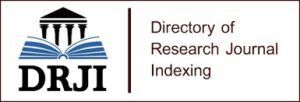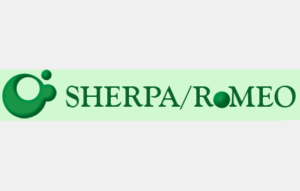INFLUENCE OF PHYSICOCHEMICAL PARAMETERS ON DISTRIBUTION AND ABUNDANCE OF MACRO-INVERTEBRATES FROM RIVER BENUE IN MAKURDI, BENUE STATE.
The influence of physicochemical parameters on the distribution and abundance of macro invertebrates in River Benue was evaluated in the study. The sampling was done in three different portions of the river within a period of three (3) months. A long handed–sieve net was used to obtain the organisms in the river. The harvested macro invertebrates were identified and recorded. The physico-chemical parameters of the water were also measured and recorded during the course of the experiment. A total of 8 macro invertebrates species were observed with a total abundance of 186. The most widely distributed species was the Pomacea caniliculata (water snail) which was observed in all the samplings locations. The most abundant macro invertebrates however, were the Gerris marginatus (water striders) with an abundance of 63(33.87%). This was followed by the Pomacea caniliculata (water snail) 31(16.67%), Lumbricus terrestris (worms) 28(15.05%), the Margaritifera margaritifera (clams) 26(13.98%), the Nepa cinerea (water scorpion) 18(9.68%) and Anisoptera (Dragonfly Nymph) has 8(4.30%). The least abundant species was the Hydrophilus triangularis (water Beetles) with a relative abundance of 5(2.69%). The abundance of the macro invertebrates was observed to be dependent on the type of respective species found in the area (χ2=57.970; df=7;p=0.000). The macro invertebrates were found to be most abundant at site B (40.3%) compare to site C (38.2%) with site A having the least (21.5%) as presented in Table 3. The Shannon-Weinner Diversity Index (H) of 1.807 with an evenness of (E) of 0.869 was observed. This showed that the macro invertebrates were evenly distributed among their respective species in the studied location.




















